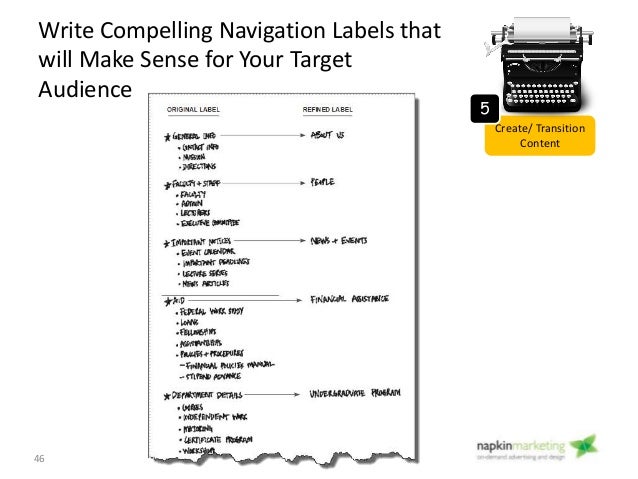

- #Road information text files by using the quickmap how to#
- #Road information text files by using the quickmap install#
#Road information text files by using the quickmap how to#
But as OSM data imported by one of the methods described above have their tags encoded in a special way here is an example how to deal with them (for the curious, the example is pitcairn-islands-latest from Geofabrik’s download page for Australia and Oceania). We cannot give you even a rough overview over what you can do with QGIS and there are many excellent tutorials and books which will guide you step-by-step towards mastering the software. You can choose to re-import the exported layer by checking the box at the bottom (activated by default). The other options on the dialogue vary depending on the format you selected. You can select from a wide range of formats including Shapefile, GeoJSON, PostgreSQL dump, SQLite. To export a layer activate its context menu and select Export -> Save Features as… After clicking “OK” you can close the dialogue and your QGIS window shows the new layers.You can select one or more type layers from that file.


Go to Layer -> Add Layer -> Add Vector Layer….Once you used QuickOSM OSM files should have been made known to QGIS and you can use the regular vector layer import: You can either use QuickOSM to import it clicking on ‘OSM File’ in the left bar. There are several options how to obtain ready-made extracts of an area. The data are stored in three temporary layers, one for nodes, ways and polygons respectively. You will be notified when the download is complete.You can select a perimeter (default 1000m) around this node where data will be loaded from the database. Otherwise choose “Around” and a node with this name suffices. Using the default “In” requires that a relation or polygon exists with this name. If you have a layer loaded in QGIS with the correct extent, choose “Layer extent” and select the layer you want to use. You can choose from several options here - if your window already displays the extent you want, switch the combobox which by default shows “In” to “Canvas extent”. Open QGIS and go to Vector -> QuickOSM -> QuickOSM….The QuickOSM plugin allows us to extract large amounts of data as it uses the Overpass api and not the main OSM database server. The first thing we will do is get some up-to-date OSM data. This will add an entry to the Vector menu Obtaining Data from the Database
#Road information text files by using the quickmap install#
To install this plugin open the Manage Plugins dialogue from the Plugins menu. We will use a plugin, QuickOSM, to import data from the OpenStreetMap database. If you haven’t already done this, you can download it from. We assume that you’ve already downloaded and installed QGIS 3.x. In this chapter we’ll walk through the steps necessary to do this. With QGIS you can access up-to-date OSM data whenever you want, select the tags you want to include, and easily export it into an easy-to-use SQLite database or Shapefile. Their has to be some faster way to do this thaugh.QGIS (formerly Quantum GIS) is a full-featured, open-source, cross-platform Geographic Information System. If the WMS isn't already set you'll need to go inside the mapsources folder inside MOBAC and create a new xml file containing the following informations: Īnother way to solve your issue is to simply use the function export as image built in QGIS to export your basemap visualisation, without the vector data you've applied to it, as a Tif tile. Make sure you've got my sqlite database as your output, i find it easier to load that way. Be carefull however, do set your output data and format right before using MOBAC. Your basemap might even be included in the starter pack from what i see, so no need to tinker with some XML queries if you're lucky. Since the data extracted is georeferenced this should be quite easy. Well, you could use a program named MOBAC to create an Atlas of raster tiles at the Zoom you want by using the WMS of the basemap you selected.


 0 kommentar(er)
0 kommentar(er)
